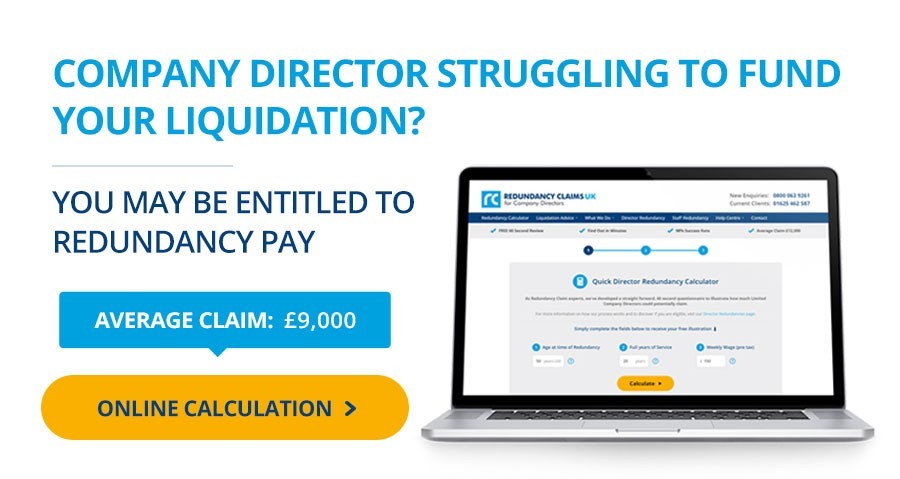The differences between individual and collective redundancy
Posted on: Friday 14th February, 2020

If you’re considering making redundancies in your workforce, you should be aware of the differences between individual and collective redundancies, as if you don’t follow the correct procedures you risk a significant financial penalty.
Although individual consultation is always required regardless of the number of employees being made redundant, collective redundancies demand a specific consultation process to be carried out over and above that of individual redundancies.
Collective redundancy is when 20 or more members of staff are to be made redundant from the same establishment, in a period of 90 days or less, so what are the differences between the two procedures?

Individual redundancies
Each member of staff who might be affected by redundancy must be consulted and provided with an explanation of various aspects that will affect them. These include the reasons why they may potentially be made redundant, and the proposed timescale for the process as a whole.
A series of meetings typically takes place starting with a general announcement to the group affected. This is followed by several meetings with the individuals concerned to answer any queries, discuss their situation and possible alternative employment, and ultimately confirm who will be made redundant.
Collective redundancies
As an employer, you have certain obligations when making collective redundancies – these are in addition to the meetings with individual members of staff mentioned above.
Employee representatives
After establishing that a collective redundancy is to take place, i.e. 20 or more employees from one establishment are to be made redundant in a period of 90 days or less, you need to make sure your employees are officially represented.
Representation can be in a number of forms:
- Trade union representatives
- Representatives elected by your employees in relation to the current redundancy situation
- Representatives already elected who are able to consult on redundancy
Informing the necessary parties
You must inform the Secretary of State that you are undertaking a collective redundancy. This is a crucial part of the process, as you may face a criminal charge in addition to a hefty fine if you fail to comply.
You must also provide the required information to your employees’ trade union or other official representatives of your employees.
Consulting your employees’ representatives
When consulting with the employee representatives, the time period for the process is laid down and dependent on the proposed number of redundancies:
- 20-99 employees: at least 30 days before the first redundancy is made
- 100+ employees: at least 45 days prior to the first redundancy
The penalties for failing to follow statutory process for individual and collective redundancies can be severe, with employee claims and financial penalties being a real threat.
For more information and professional support in an individual or collective redundancy scenario, please contact one of our specialist team. CFS Redundancy Payments help company directors navigate their way through complex situations such as these, and can offer a free same-day consultation. CFS are Authorised and Regulated by the Financial Conduct Authority. Authorisation No 830857. You can check our registration here.







